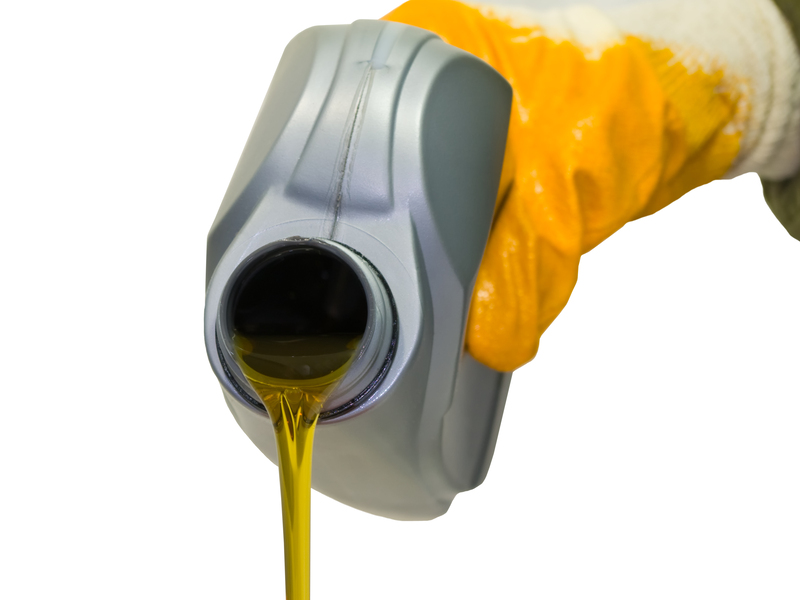Preventing the Spread of Microplastic Pollution
Microplastic pollution has emerged as a significant environmental challenge, impacting ecosystems worldwide. These minuscule particles, less than 5mm in size, find their way into our oceans, waterways, and even the air, posing threats to marine life and human health. With increasing awareness of this issue, understanding and preventing the spread of microplastic pollution is crucial. This article delves into actionable strategies to tackle this pressing problem.
Understanding Microplastic Pollution
Microplastic pollution originates from various sources. To formulate effective strategies for prevention, it is vital to first comprehend what microplastics are and how they enter our environment.
What Are Microplastics?
Microplastics refer to small plastic fragments that result from the degradation of larger plastic objects and the direct release of small plastic particles. These can include plastic fibers from synthetic clothes, microbeads in cosmetics, and broken-down litter such as plastic bags and bottles.
Sources of Microplastic Pollution
- Industrial Discharge: Industries often discharge plastic pellets and powders during production and transport, contributing to microplastic pollution.
- Domestic Waste: Everyday activities like washing synthetic garments release plastic fibers into wastewater systems.
- Degraded Plastic Waste: Larger plastic debris in the environment breaks down into smaller particles due to weathering.
- Cosmetic and Personal Care Products: Some toiletries contain microbeads that can escape wastewater treatment processes.

Impact of Microplastic Pollution
The repercussions of microplastic pollution are comprehensive, affecting both ecology and human health. Understanding these impacts can galvanize public and governmental action toward solutions.
Ecological Impact
Microplastics adversely impact marine ecosystems. They are ingested by marine organisms, including fish, which mistake them for food. This can lead to malnutrition or starvation and has the potential to disrupt entire marine food chains.
Human Health Concerns
Microplastics can enter the human body through seafood consumption, drinking water, and even the air. This raises concerns about potential health impacts, such as toxicity and the transfer of harmful pathogens.

How to Prevent Microplastic Pollution
Efforts to prevent the spread of microplastic pollution can be enacted at various levels--from individual consumers to corporate players, and through policy and regulation.
Individual Actions
Individuals can make conscious choices to reduce microplastic pollution by:
- Choosing natural fabrics over synthetic materials, which shed plastic fibers.
- Reducing single-use plastics by using reusable bags, bottles, and straws.
- Supporting products without microbeads: Check labels for polyethylene and polypropylene in personal care products.
- Adequate waste disposal practices to ensure plastics do not enter natural water bodies.
Corporate Responsibility
Corporations play a pivotal role in reducing microplastic pollution through:
- Innovative product design that minimizes plastic use or uses biodegradable alternatives.
- Improved supply chain management to prevent pellet loss or spills.
- Consumer education efforts to promote sustainable products.
Legislation and Policy
Government regulations can effectively curb microplastic pollution through:
- Banning microbeads in beauty products and other non-essential uses.
- Limiting plastic bag usage through taxes or bans.
- Implementing waste management models that recycle and manage plastic waste efficiently.
Technological Solutions
Innovation promises new methods to deal with microplastic contamination:
- Advanced wastewater treatment technologies that capture microplastics before they reach natural water bodies.
- Research into biodegradable plastics that do not persist as pollutants.
Moving Forward: A Collective Effort
Preventing the spread of microplastics requires a multifaceted approach, engaging stakeholders at all levels. From your everyday choices to the development of new regulations and technological innovations, each initiative contributes to the solution. Forming partnerships between governments, industries, and communities will drive the demand for sustainable alternatives and enhance the productivity of regulatory measures.
Moreover, public awareness and education remain pivotal in this battle against pollution. As consumers become more informed, they can influence corporate behavior and policy-making through their preferences and advocacy. Let us work towards a future where microplastic pollution is minimized, safeguarding our ecosystems and health.